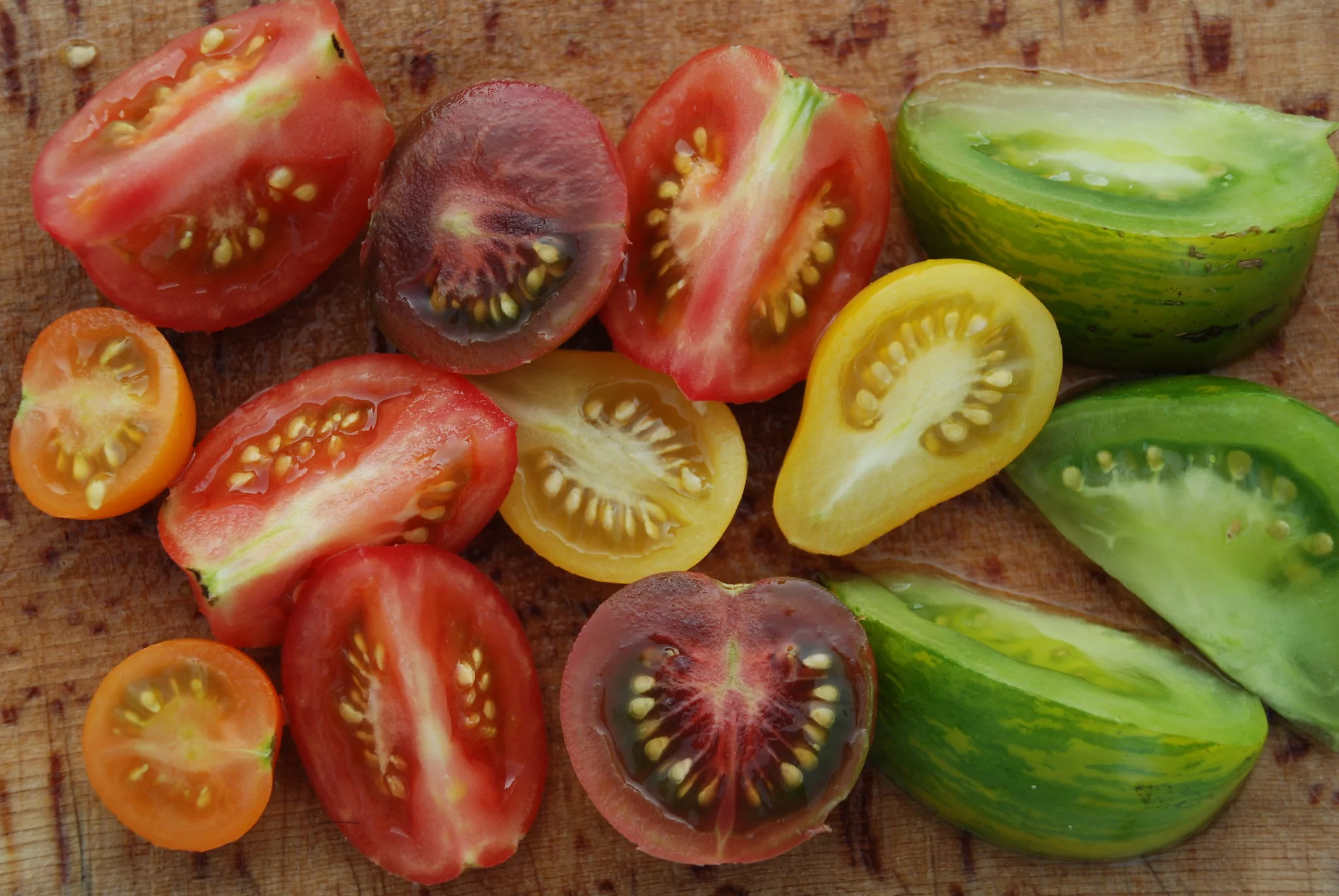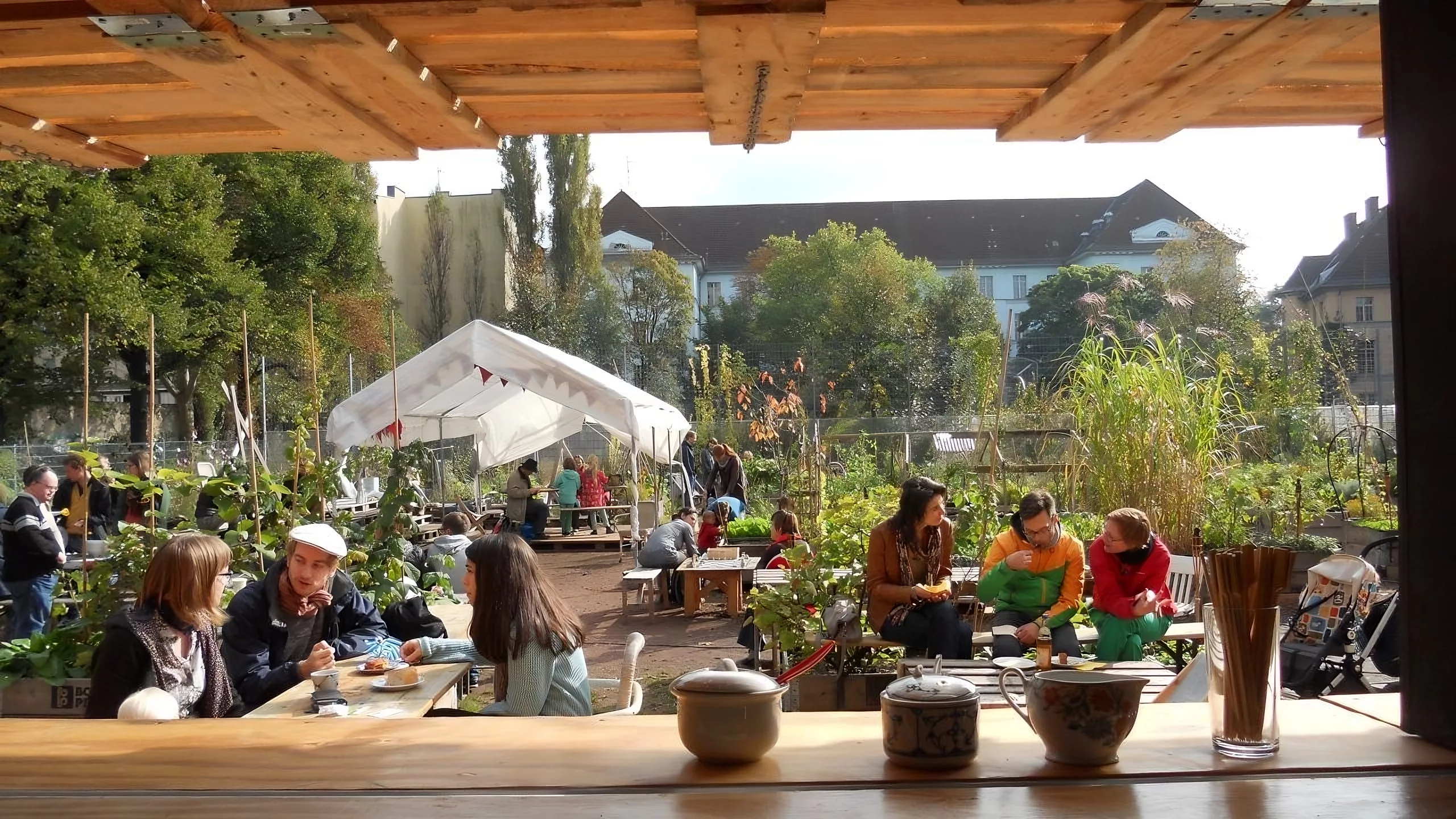The author Ralph Waldo Emerson famously wrote that “A weed is but a plant whose virtues remain undiscovered.” The more people learn about milkweed, the more virtuous it becomes.
In the late 60’s and 70’s, milkweed was a more common plant and had little need to be spoken of as a beneficial companion garden plant. However, in the 5 decades since then, corporate farming has largely eliminated this plant which it deemed to be without virtue.
It’s a plant well worth incorporating into your garden plan whether it’s for your home garden, school garden or community garden. In the senior community box gardens that I’m involved with, the direct contribution of the milkweed plant colony has been an explosion of bee activity, which benefits all the other boxes. We have the traditional bees, but also 3 other species of wild bees. Also, ladybugs have increased their presence, along with the hatches of larvae. Our aphid infestations have been minimal this year.
Establishing Milkweed: It’s All About Location
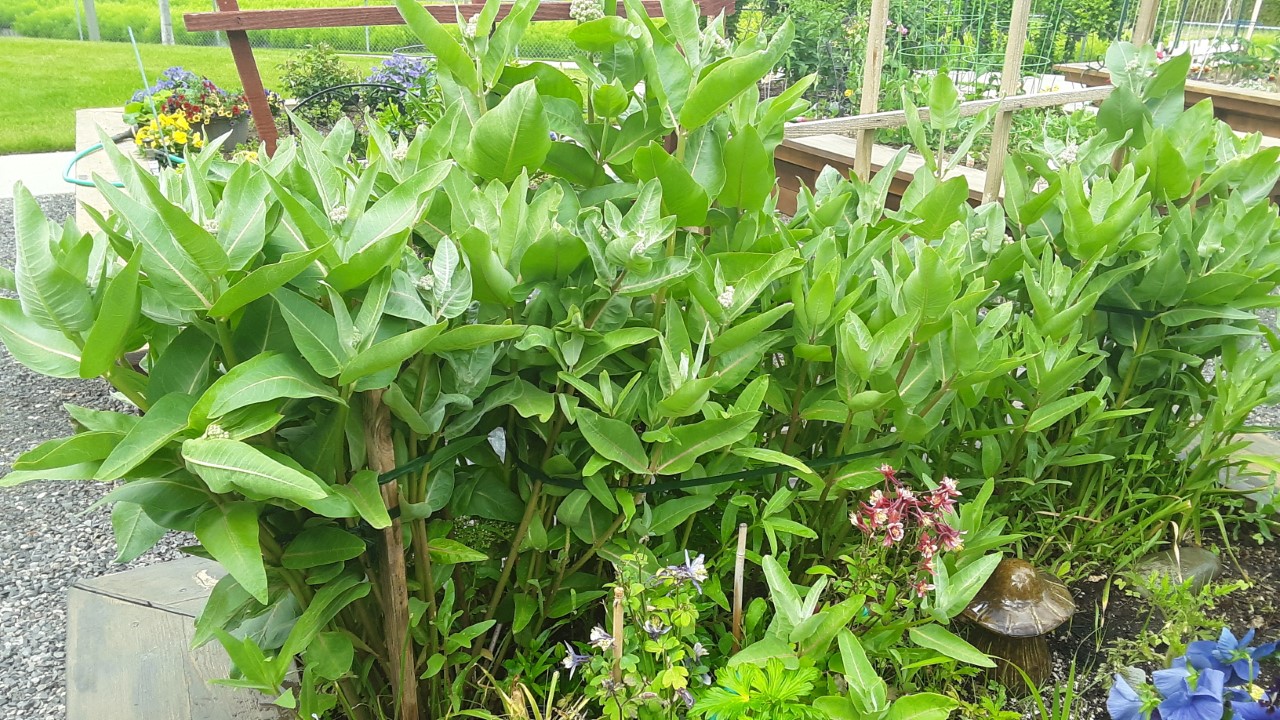
In a traditional geography setting, we would see milkweed plants in all kinds of places along roads, swampy fields, creeks or disturbed soil locations. For the box garden, get the milkweed established as a dense colony. Trellis the stems so that they remain very vertical. The large colony of many dozens of eventual mature stems will create the attraction for bees, butterflies, ladybugs and hummingbirds. Once the milkweed colonies are established in any multi box garden community, all of the unique critters that they attract will also patronize the other gardens.
Beauty is the Eye of the “Bee-holder”
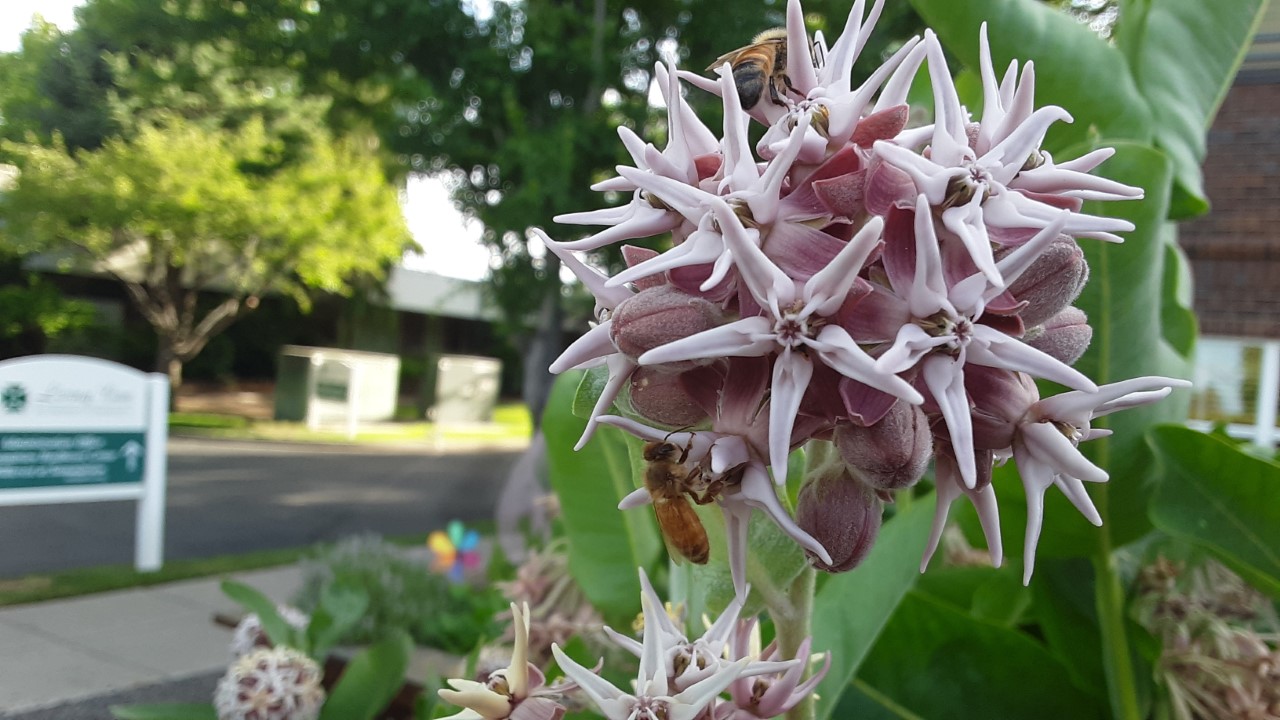
The milkweed plant structure is a very pale green to our eyes. To a bee, butterfly, ladybug, and hummingbird, the vision spectrum they utilize is much broader than our light bandwidth. The milkweed flower is a mysteriously complex design of symmetry as well as highly specialized access to the garden insects and other aviary visitors. Butterflies excel in visiting this plant. Wild bees that we never see normally will show up–very good for the diverse bee population.
Like a Good Neighbor, Milkweed is There
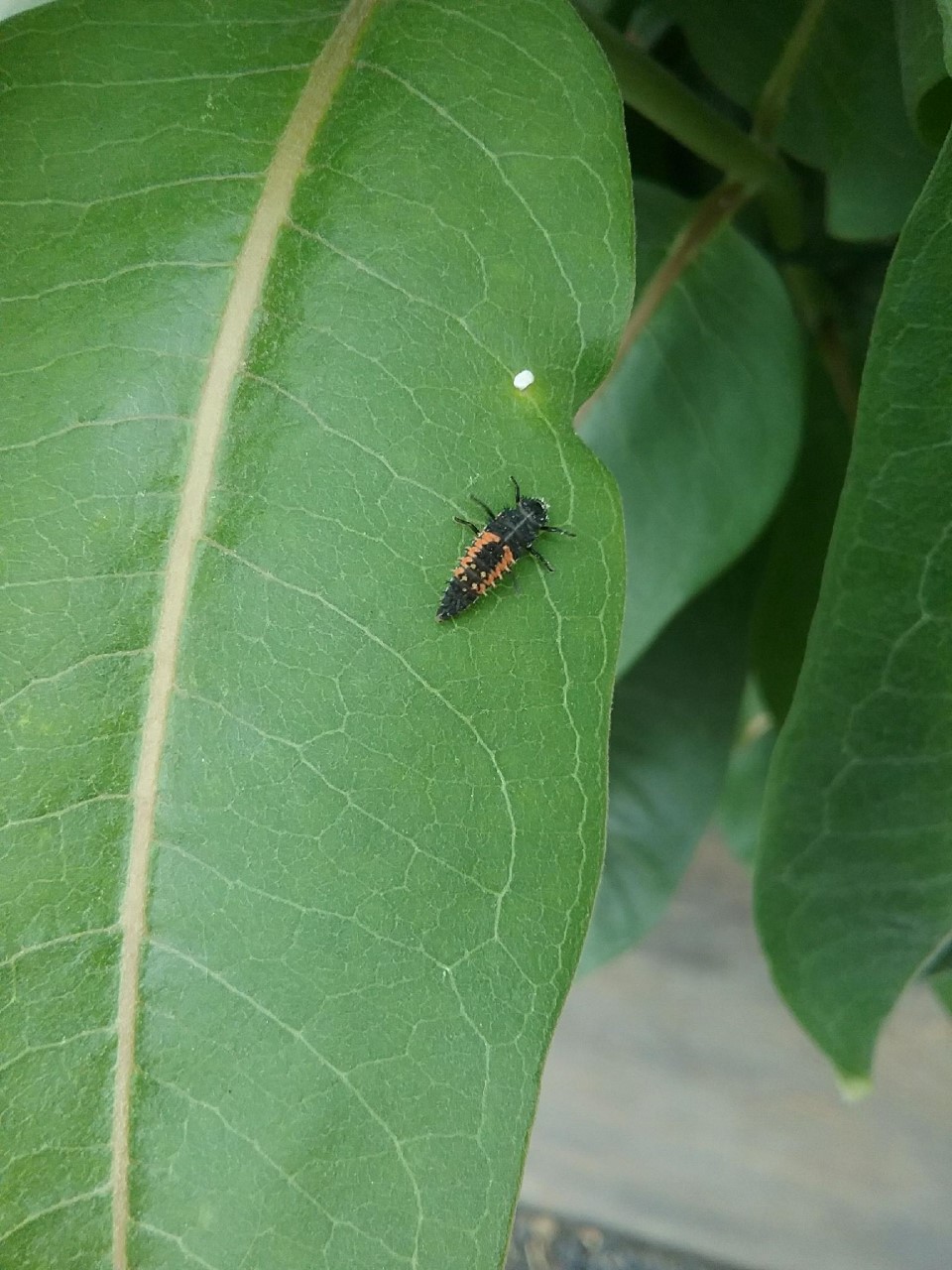
Ladybugs are attracted to milkweeds as a stop over visit. They will lay their eggs and the larvae will hatch out and continue their hungry foraging. Without the milkweed plant attracting natural predators, a garden could be easily overlooked, as was the case in my garden some years ago. A milkweed pollenizer attracting colony will benefit the entire surrounding garden community. I have observed this pattern everywhere I find the milkweed community–in the wild settings or other opportunistic places they grow.
About the Author:
Bruce Whitmore
I am a retired teacher, specialized in the broad spectrum of preschool to 12th grade instruction. In an almost ironic sense, I am more rehired into the community than I was as a “hired” teacher. Retirement is a wonderful activity. I have a Botany and Chemistry degree also; that has been my main secondary resource in all of my teaching. I have an active engagement in community gardens, in teaching at a local arboretum as a certified naturalist, and in advocating for redefined box gardens in family or community settings.


